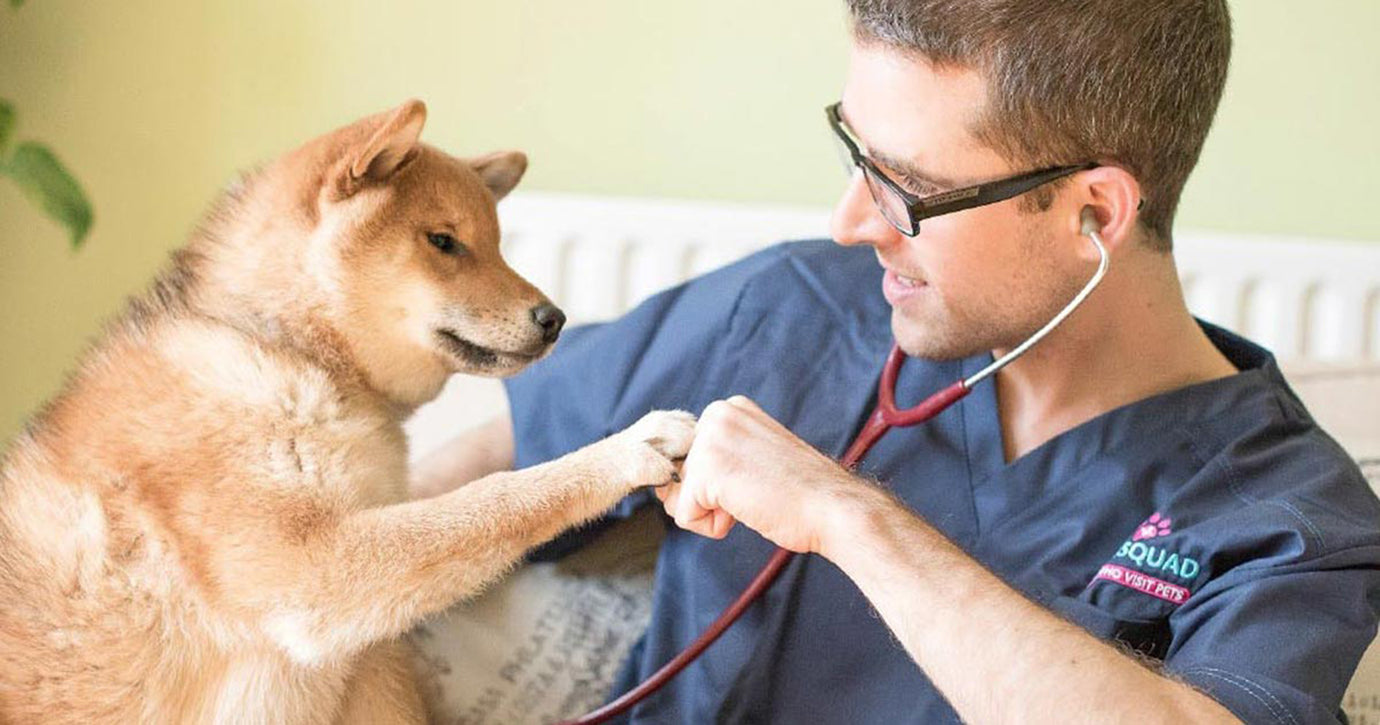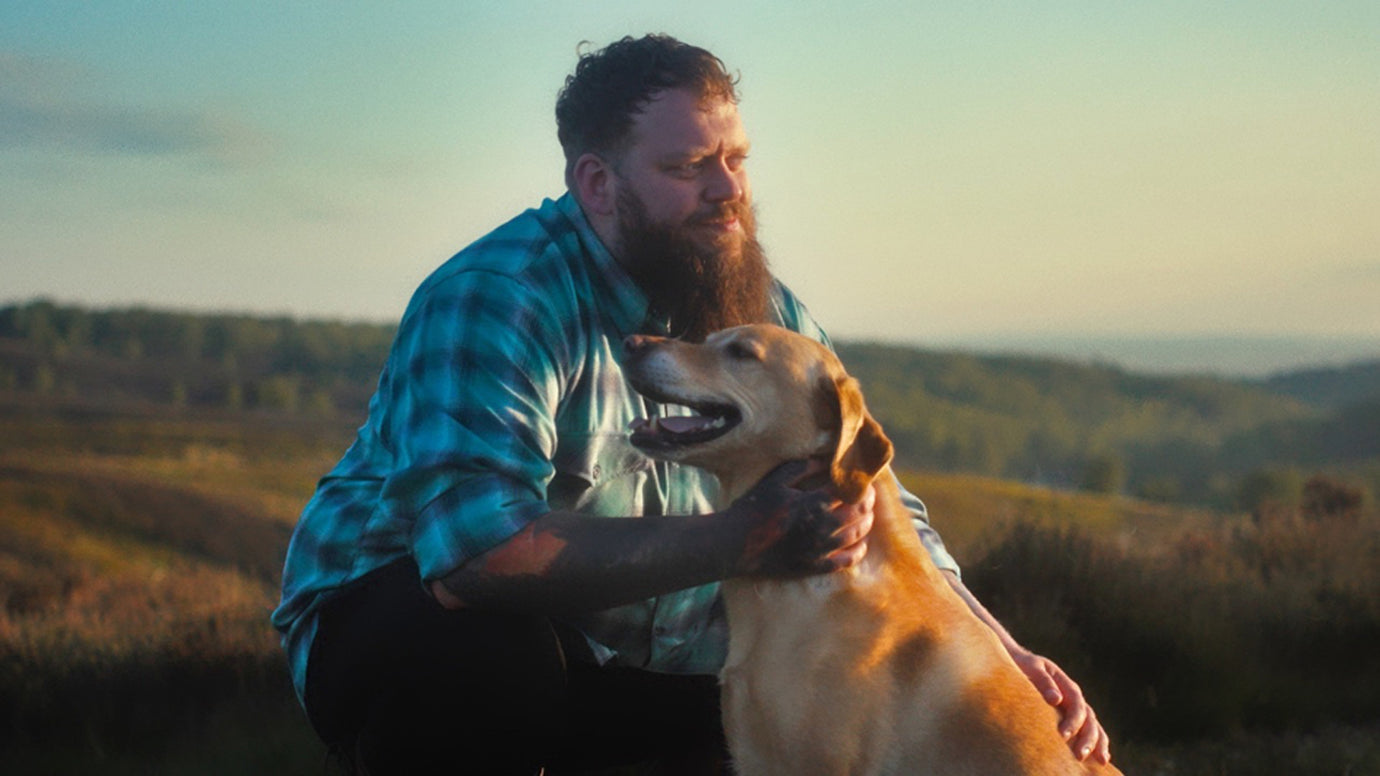From yaps to howls: What your dog’s bark means - and how to get them to tone it down

With the rise in dog ownership has come a rise in doggy noise. Could interpreting their growls and yelps make life more harmonious? And how do you stop them barking at delivery drivers?
The interview begins in uneasy silence, as we stare across at each other from our comfy armchairs. It is not exactly Frost/Nixon, because he is a dog. Being up on the furniture should be a treat for him, but we lost that battle long ago.
I repeat my question again: “Why do you bark so much?”
Oz, our Hairy Maclary-like lurcher, tilts his head a little, but remains silent. Perhaps if I were to impersonate a delivery driver and knock on the door, he would speak up. Or if I were to yelp and scream like a fox in the night. Or drive a motorbike past the house. Then he would be in fits of raucous barking loud enough to make the whole neighbourhood shake.
At what point is his barking too much? And what can I do to help him tone it down a bit? This is a question many of us are asking, with dog ownership soaring since the start of the pandemic. “Some people can be very intolerant of their dog barking, particular if they are getting complaints from their neighbours,” says Ryan Neile, head of behaviour at the animal welfare charity Blue Cross. I have decided to sit down with Oz to try to work out exactly what his barks are telling me – to listen to his barks and work out what I am missing. So, first, what exactly is a barking dog trying to achieve?
Before writing a book about dog cognition, I had lumped barking in a box named “attention-getting device” and left it at that. I had considered a dog’s bark to be a short, sharp “HEY!”, evolved to draw attention to situations in which there is uncertainty – a sudden noise to alert their owner of danger.
But now I see that this idea is a bit debasing, because there are many different styles of barking. Oz has a delivery-driver bark, for instance. In the words of dog scientists, the delivery-driver bark is a “harsh, low-frequency, unmodulated” noise – deep and low, in other words. Its deepness tells strangers a story (or lie in this case) of a big dog with a deep chest that probably has sharp teeth, so you had best run away.
Oz has another bark for the family when he wants our attention. If, for instance, his ball has rolled underneath the sofa, he opts for a higher pitch. No less loud or urgent, just less… foreboding. He has other barks. Sometimes, when playing, Oz might let out a few quick yaps at other dogs: “Hey! Play!” he seems to say. Often it works; the friendly dogs come over and Oz has lots of fun. So, although it is loud and a bit annoying, I wouldn’t want to deny Oz his natural means of expression. I just want him, occasionally, to tone it down a bit.
“Barking is a normal behaviour for dogs, so you can’t expect them not to bark at all,” says Dr Zazie Todd, the author of Wag: The Science of Making Your Dog Happy. She advises exploring the situations in which the dog barks and thinking about the practical solutions.
Is it the doorbell? Set up predictable situations, such as having friends over, in which you can teach better behaviour (expect it to take practice and plenty of rewards). Is it when neighbouring cats walk past the window? Try adding a screen to the window. Is it the noise of other dogs barking? Try leaving the radio on. Is it when you leave your dog alone? Build up slowly to such periods, working gradually, with warmth, positivity and (again) lots of treats.
“Don’t yell at your dog!” Todd says. So-called “aversive training techniques”, including bark collars, have varying levels of success and don’t tend to solve the underlying issues (including fear) that can be at play in many dogs that bark excessively. As well as the above, Blue Cross’s official advice includes encouraging noisy dogs (through treats, believe it or not) to focus on neutral tasks, such as playing fetch or going to their bed, in situations when their barking becomes problematic.
For attention-seeking dogs, barking should never be rewarded with attention – this includes shouting back. In time, your attention becomes a reward dished out only upon calm behaviour. If all else fails, seek help from an accredited animal behaviour expert or a vet.
Does the breed have an impact? “Some breeds are much ‘chattier’ than others,” says Holly Root- Gutteridge, a postdoctoral dog researcher at the University of Lincoln. Loud breeds include Jack Russells, chihuahuas and German shepherds. Quieter breeds include Cavalier King Charles Spaniels, Shiba Inus and Labradors. I notice that Oz, a lurcher, is on the list of quieter dogs, yet he appears to have plenty to say.
“Regardless of breeds, some dogs are just big talkers, so it’s good to look at why they’re talking and consider whether it’s related to something we can change,” Root-Gutteridge suggests. “If your dog is barking a lot, there may be a reason that isn’t obvious, like he’s under-exercised or he’s responding to some outside noises that you might not have picked up on.”
Oz does bark a bit more in the afternoons, I realise, before we go out for his long walk. Perhaps two medium-sized walks, rather than one longer one, would help? Also, I should probably spend more time playing with his tug-rope in the mornings, once the kids have left for school. I resolve to make a few changes.
As I write these words, he looks at me from the sofa, his legs like flagpoles pointing to the ceiling, his woolly head ruffled into the gap between the back of the chair and a cushion. I get up, walk over and gently tickle his tummy. With his adoring eyes and a wag of the tail, he gives me a warm look that says: “Hey!” in a different kind of language.
“Hey!” I say back.
Finally, I am reading him loud and clear.
(Article source: The Guardian)





